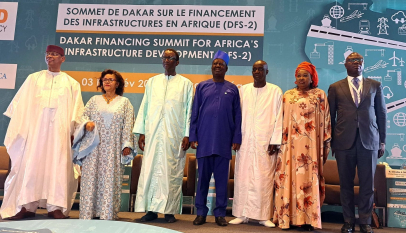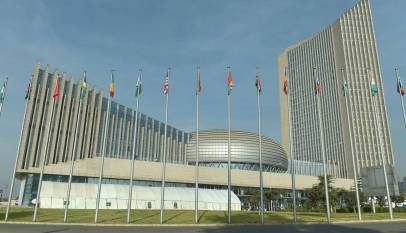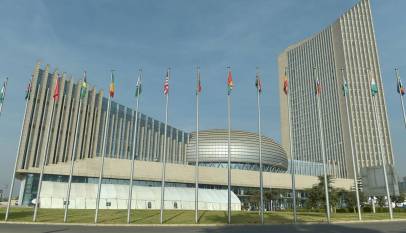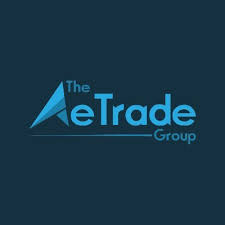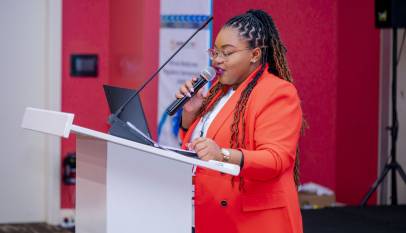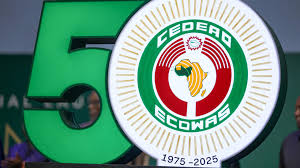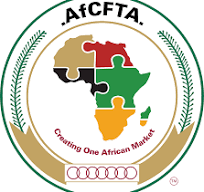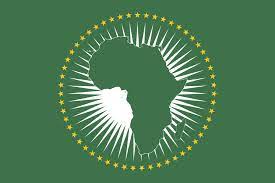INTERVIEW | Why UN’s Third Industrial Development Decade for Africa programme will succeed – Aurelia Calabro
Aurelia Patrizia Calabro, director of United Nations Industrial Development Organisation’s Ethiopia regional hub cum representative to the African Union, speaks about the Third Industrial Development Decade for Africa (IDDA3), on the sidelines of the 2019 Africa Industrialization Week
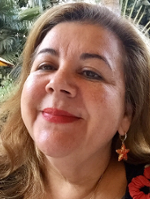
How is the implementation of the Third Industrial Development Decade for Africa (IDDA3) being spearheaded by the United Nations Industrial Development Organisation (UNIDO) coming up?
In 2016, UNIDO was asked by the United Nations General Assembly (UNGA) to, in cooperation with the African Union Commission (AUC) and the United Nations Economic Commission for Africa (UNECA), implement the Third Industrial Development Decade for Africa (IDDA3). We started the implementation process working particularly with the Department of Trade and Industry (DTI) at AU Commission, with whom we have a very close relationship.
We have come up with a clearly defined roadmap for the implementation including firstly, the programme’s design – according to the diverse needs of the various regions of the African Union. In implementing the programme, we are working with the different Regional Economic Communities (RECs) of Africa, such as the Economic Community of West African States (ECOWAS); the Common Market for Eastern and Southern Africa (COMESA); Southern African Development Community (SADC); and the Arab Maghreb Union (AMU), amongst others.
Secondly, we are mobilizing funds for the implementation of programme; it requires enormous funding. The third pillar of the implementation is about creating awareness; creating visibility for not only IDDA3 but also African Union’s Action Plan for the Accelerated Industrial Development of Africa (AIDA) and Agenda 2063: The Africa We Want. We are working closely with AUC in the development and implementation of the communication programmes. We are working very closely with the AUC because IDDA3 is very closely aligned with AIDA; Essentially, IDDA3 is the same as AIDA.
We have had IDDA1 and IDDA2 before IDDA3, both unfortunately didn’t achieve much, what changes and learnings are you bringing into the implementation of IDDA3?
I think the AU has also changed; it has become more dynamic hence there is now more ownership of development programmes. There is now more human capacity within the AUC itself and also a renewed interest about industrial development on the part of the Heads of State; they have now understood that in order to meet the needs of Africa’s huge population they need to embark on economic transformation.
Africa is no longer preoccupied with peace and security, even though there are still pockets of security challenges, but the challenges are now more to do with climate change, development of value chains and responding to the demands of the Fourth Industrial Revolution (FIR). This is what has changed. We (UNIDO) are actually facilitators; the countries are the owners of the IDDA3 programme.
We are facilitating issues like standardization, development of value chains and establishment of agro-industrial parks, since majority of Africa’s population are engaged in agriculture, which means we need to organise smallholder farmers across value chains to create jobs and economic prosperity. For example, although Ethiopia is a major producer of sesame, unfortunately it doesn’t produce sesame oil; instead, they import it from either Turkey or China. China buys the sesame cheaply from here while Ethiopia later imports sesame oil at a huge cost!
Like you said, IDDA3 and AIDA are like Siamese twins; what role do you think events like the AU’s Africa Industrialisation Week (AIW) can play in advancing Africa’s industrialization?
It has been proven in the Far East, that industrialization and improvement in services creates economic growth. Look at what China has been able to achieve across its coastal regions with the rice value chain; now they are going into the hinterland. Of course, you don’t just import models, they have to be adapted. The idea behind the Africa Industrialization Week is to create awareness among stakeholders including policymakers and youths, since Africa’s population is largely made up of the youth.
I am happy to see that this year’s Africa Industrialization Week celebration also comes with a youth forum. Industrialization is about youths and has to wear a human face and leverage technology, which makes human beings more productive and efficient. Industrialisation should also take into cognizance issues of decent jobs and minimum wage.


